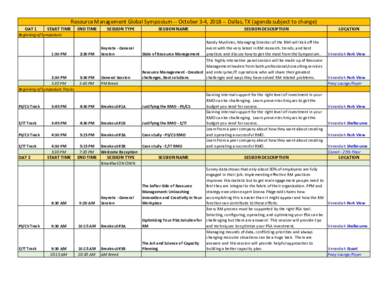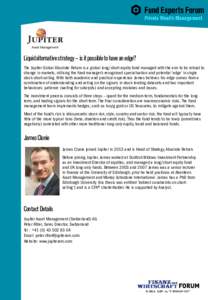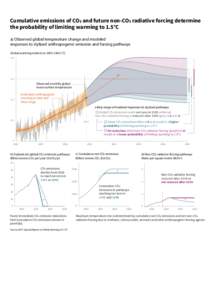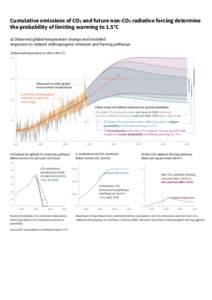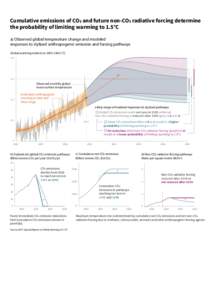<--- Back to Details
| First Page | Document Content | |
|---|---|---|
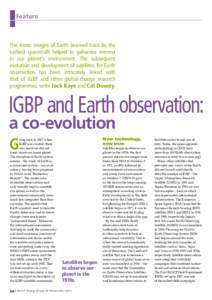 Date: 2015-11-26 04:26:22Earth Earth observation satellites Atmospheric sciences Remote sensing International Geosphere-Biosphere Programme Systems geology Future Earth Global change Earth Observing System Nimbus program National Oceanic and Atmospheric Administration Earth observation |
Add to Reading List |
 Feature The iconic images of Earth beamed back by the earliest spacecraft helped to galvanise interest in our planet’s environment. The subsequent evolution and development of satellites for Earth
Feature The iconic images of Earth beamed back by the earliest spacecraft helped to galvanise interest in our planet’s environment. The subsequent evolution and development of satellites for Earth